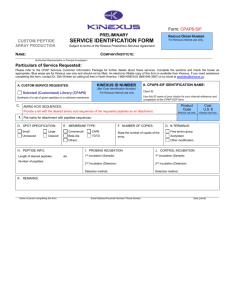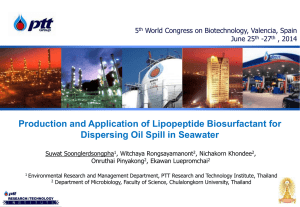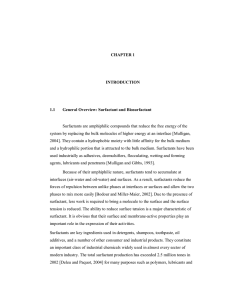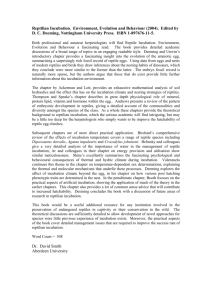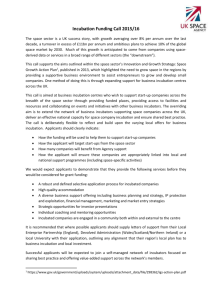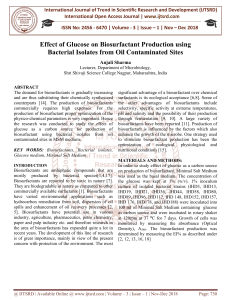The Effect of Molasses Concentration and Incubation Time in
advertisement
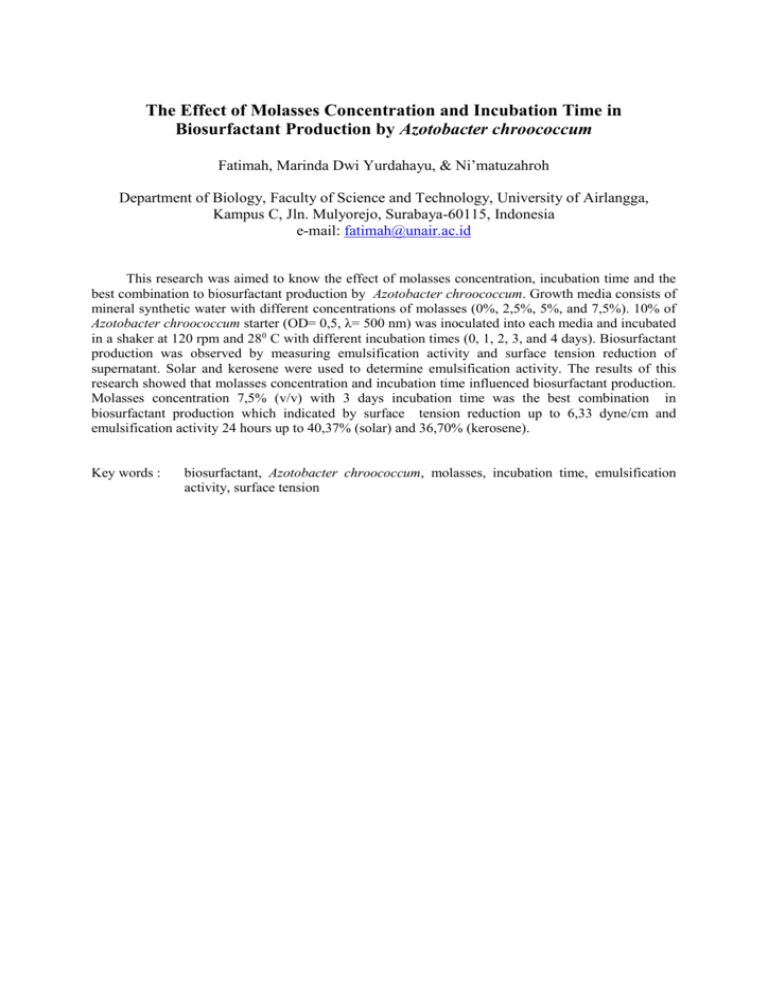
The Effect of Molasses Concentration and Incubation Time in Biosurfactant Production by Azotobacter chroococcum Fatimah, Marinda Dwi Yurdahayu, & Ni’matuzahroh Department of Biology, Faculty of Science and Technology, University of Airlangga, Kampus C, Jln. Mulyorejo, Surabaya-60115, Indonesia e-mail: fatimah@unair.ac.id This research was aimed to know the effect of molasses concentration, incubation time and the best combination to biosurfactant production by Azotobacter chroococcum. Growth media consists of mineral synthetic water with different concentrations of molasses (0%, 2,5%, 5%, and 7,5%). 10% of Azotobacter chroococcum starter (OD= 0,5, λ= 500 nm) was inoculated into each media and incubated in a shaker at 120 rpm and 280 C with different incubation times (0, 1, 2, 3, and 4 days). Biosurfactant production was observed by measuring emulsification activity and surface tension reduction of supernatant. Solar and kerosene were used to determine emulsification activity. The results of this research showed that molasses concentration and incubation time influenced biosurfactant production. Molasses concentration 7,5% (v/v) with 3 days incubation time was the best combination in biosurfactant production which indicated by surface tension reduction up to 6,33 dyne/cm and emulsification activity 24 hours up to 40,37% (solar) and 36,70% (kerosene). Key words : biosurfactant, Azotobacter chroococcum, molasses, incubation time, emulsification activity, surface tension





